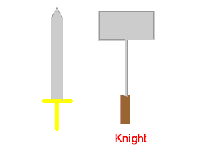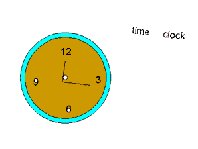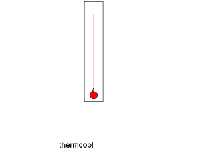
| Logo | ||||||||||||||||
|
||||||||||||||||
The Logo programming language was created by Seymour Papert, a mathematician from MIT who worked with Jean Piaget. Papert was interested in using what he had learned with Piaget and integrating it with technology. For a year, I taught first through fourth grade students mathematical concepts using Logo. This artifact includes a sample of projects completed after the first semester of work. Students were asked to use Logo to draw a represenation of some learning they had experienced during the year. After that project, I led students through a reflection time during which the above statements were made. The Logo philosophy maps closely with my own educational philosophy. It creates an intriguing environment in which students naturally dig deeply while they interact with powerful mathematical concepts. Students' experiences build strong mathematical intuitions and generate provacative questions. Further, students can use their own bodies to enact mathematical principals, which then transition to more abstract concepts via the Logo turtle. Students are also able to personalize their learning with Logo so that while each end product may look different, all students can still be using the same mathematical concepts. In other words, students use Logo to create something personally meaningful, which translates into a deeper commitment to completion. Teaching Logo was transformational for me as a teacher. This experience continues to serve as a lens through which I evaluate and design technology-rich work for students. In essence, using Logo has become the foundational work on which my educational philosophy was developed and honed. When I teach the Logo language to undergraduate, preservice teachers, I always mix the language with heavy doses of philosophy. While many of my preservice teachers will never see Logo in their school districts when they graduate, Logo's philosophical approach to teaching and learning can certainly offer them a glimpse of a strong and viable alternative to directed teaching strategies along with a language to use as they discuss and design student work.
|
||||||||||||||||



